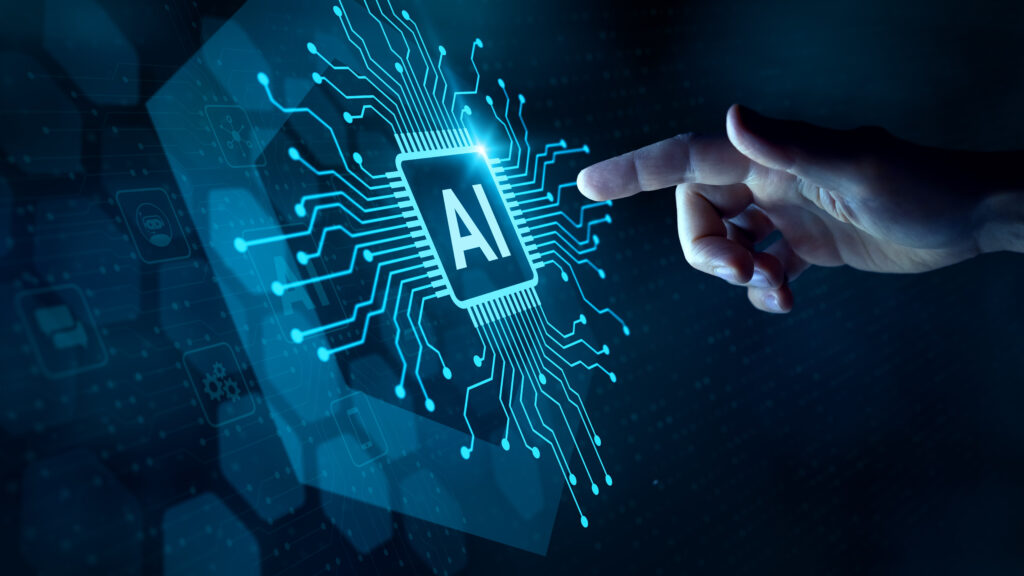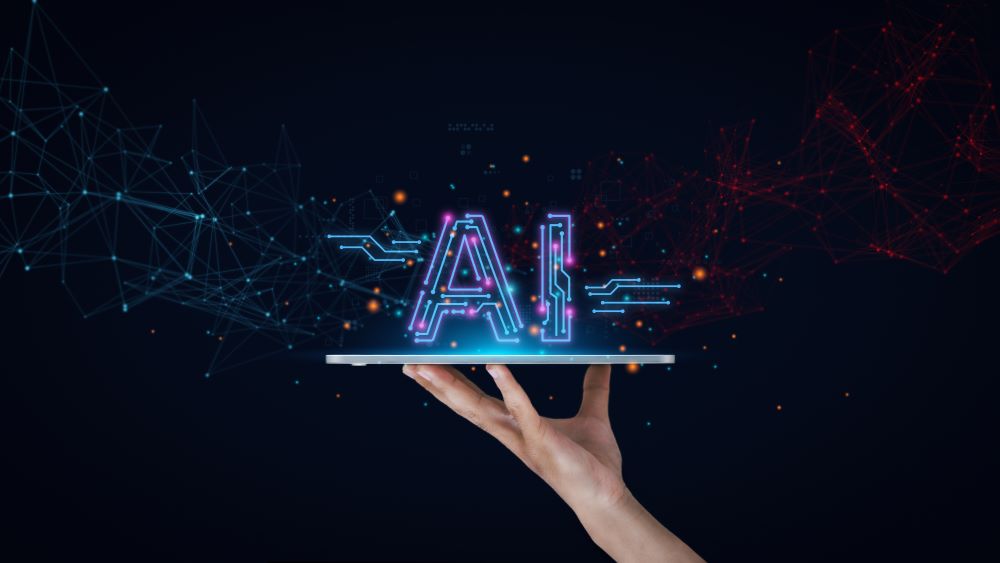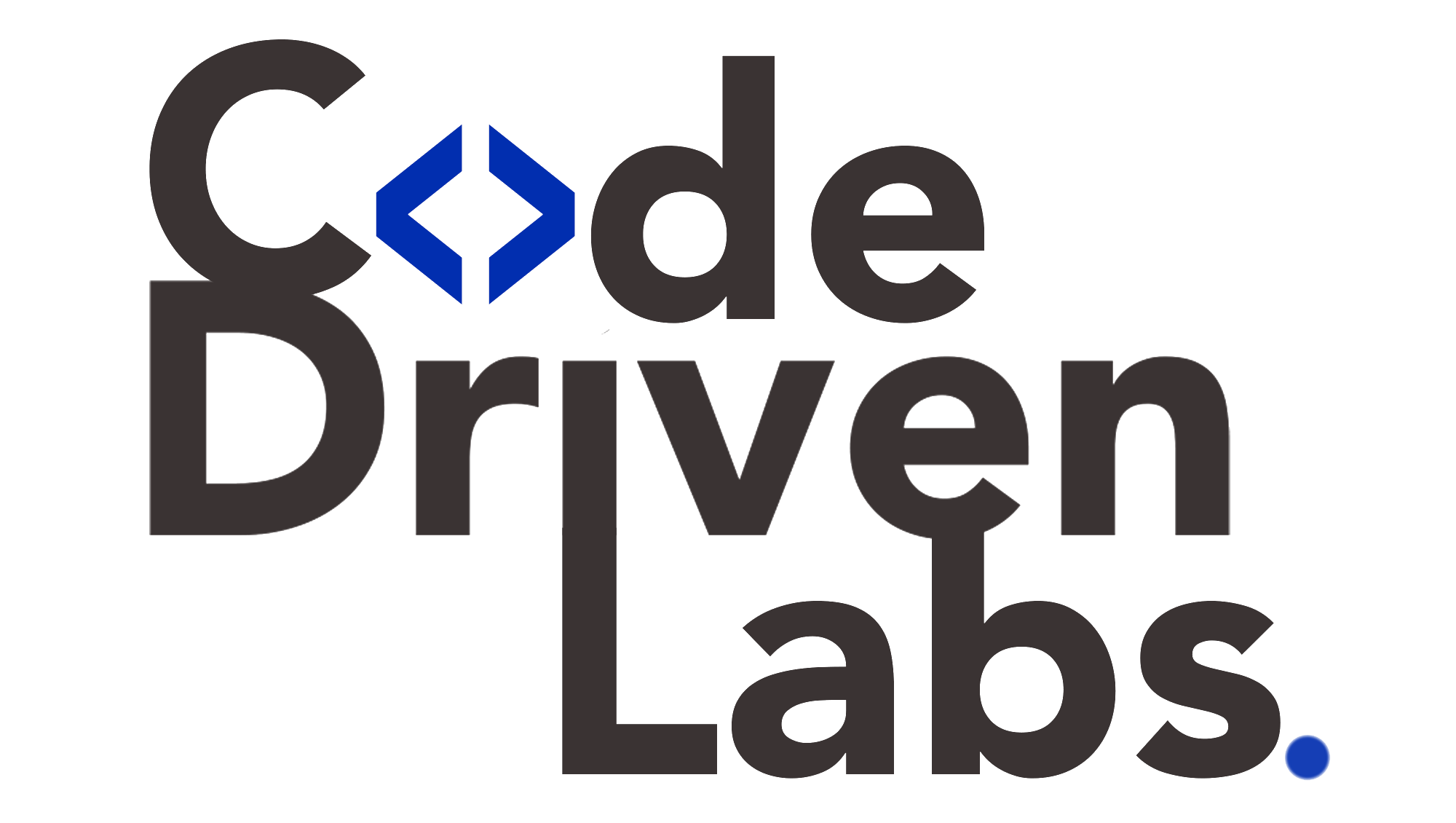Level up your business with US.
- Home
- How AI is Revolutionizing the Software Development Lifecycle
How AI is Revolutionizing the Software Development Lifecycle
July 13, 2025 - Blog
How AI is Revolutionizing the Software Development Lifecycle
In today’s digital era, the software development lifecycle (SDLC) is no longer a linear, manual process. It’s evolving rapidly under the influence of Artificial Intelligence (AI). From project planning and code generation to testing, deployment, and maintenance, AI is transforming how software is conceived, built, and managed.
Businesses seeking faster delivery, better code quality, and lower costs are turning to AI-powered development practices. AI not only accelerates processes but also reduces human error, enhances decision-making, and introduces predictive capabilities that were once unimaginable.
In this blog, we explore how AI is revolutionizing each phase of the SDLC and how Code Driven Labs helps enterprises and startups embed AI into their development workflows to gain competitive advantage.

What is the Software Development Lifecycle (SDLC)?
The SDLC is the structured process of developing software from inception to deployment and beyond. It typically includes:
-
Requirement gathering and analysis
-
Design
-
Development (coding)
-
Testing
-
Deployment
-
Maintenance and updates
Traditionally, each of these phases required intensive manual effort, collaboration, and decision-making. But now, AI is automating, optimizing, and enhancing them — making the entire cycle faster, more predictable, and scalable.
How AI is Transforming Each Stage of the SDLC
1. AI in Requirements Gathering and Analysis
The initial phase of SDLC involves understanding stakeholder needs and translating them into technical requirements. AI tools can now:
-
Analyze historical project data to identify common patterns and risks
-
Use natural language processing (NLP) to extract requirements from emails, meetings, and documents
-
Predict possible ambiguities or conflicts in requirements early
Example: Tools like IBM Watson and Receptiviti analyze team communication to predict project misalignment or emotional cues indicating risk.
2. AI in Design and Architecture
In the design phase, developers define the software’s architecture, technology stack, and workflows. AI assists by:
-
Suggesting architectural blueprints based on the type of application
-
Recommending optimal database models
-
Identifying potential scalability or security issues before development begins
AI-generated wireframes and UI/UX suggestions help designers align closely with user expectations through predictive modeling.
3. AI in Development and Coding
This is where AI’s impact is most visible. AI-driven coding assistants and auto-generators are changing how developers write software.
-
Code generation: Tools like GitHub Copilot or Amazon CodeWhisperer suggest complete lines or functions as developers type.
-
Error detection: AI flags logic errors or insecure patterns in real-time, improving code quality before testing.
-
Code optimization: AI analyzes performance bottlenecks and suggests more efficient implementations.
These tools drastically reduce development time while maintaining high standards of quality and performance.
4. AI in Software Testing
AI is revolutionizing QA by making testing faster, smarter, and more adaptive.
-
Automated test case generation: AI tools scan source code and user behavior to generate test cases automatically.
-
Predictive testing: AI identifies which parts of the code are most likely to break, enabling risk-based prioritization.
-
Visual testing: AI detects subtle changes in UI that traditional tests might miss, enhancing user experience consistency.
Tools like Testim, Applitools, and Functionize are leading the charge in AI-powered software testing.
5. AI in Deployment and DevOps
In DevOps and CI/CD workflows, AI is helping with:
-
Automated environment provisioning based on usage trends
-
Rollback recommendations when deployments fail
-
Real-time monitoring and anomaly detection to ensure system stability
AI observes logs, metrics, and performance benchmarks to predict outages or performance degradation before they impact users.
6. AI in Maintenance and Support
Post-launch, AI continues to add value:
-
Self-healing systems: AI automatically restarts services or applies fixes when issues occur.
-
Bug prediction: ML models analyze historical bug data to identify future risk areas.
-
Chatbots and virtual assistants: AI-powered bots handle support queries and even guide users through troubleshooting.
Benefits of AI-Driven SDLC
-
Accelerated Development: AI helps teams build and ship features faster.
-
Higher Quality: Predictive tools reduce bugs, errors, and rework.
-
Cost Efficiency: Reduced manual effort and quicker testing lower operational costs.
-
Improved Decision Making: Data-driven insights guide architectural and design choices.
-
Enhanced Team Productivity: Developers spend less time debugging and more time innovating.
Challenges to Watch For
While AI brings substantial advantages, it also introduces challenges:
-
Data Privacy: AI models need large datasets, which may include sensitive information.
-
Bias in AI Models: Poorly trained models can propagate biased suggestions or predictions.
-
Dependence on Tools: Overreliance on AI can reduce human oversight or creativity.
-
Learning Curve: Teams may need training to adopt AI tools effectively.
This is where having a reliable tech partner becomes critical.
How Code Driven Labs Helps You Leverage AI in Software Development
Code Driven Labs is at the forefront of integrating AI into modern software development. They help startups, scale-ups, and enterprises implement AI-driven SDLC strategies tailored to their business goals.
Here’s how Code Driven Labs supports your journey:
1. AI Readiness Assessment
Before introducing AI, Code Driven Labs assesses your current SDLC to identify:
-
Bottlenecks in development, testing, or deployment
-
Opportunities for automation and prediction
-
Gaps in tooling, data, and infrastructure
This ensures that AI integration adds real value instead of unnecessary complexity.
2. Custom AI Tool Integration
Code Driven Labs helps select and integrate the right tools for your stack:
-
GitHub Copilot or Codium for intelligent coding
-
Testim or Applitools for smart testing
-
Jenkins with AI-powered analytics for CI/CD
They ensure these tools work together seamlessly in your development environment.
3. AI-Powered DevOps Pipelines
By building AI-driven CI/CD workflows, Code Driven Labs:
-
Speeds up releases through intelligent build management
-
Enables dynamic infrastructure scaling
-
Automates anomaly detection and root cause analysis
This results in fewer failures, faster recovery, and more reliable systems.
4. Predictive Maintenance and Monitoring
Code Driven Labs implements AI-enabled monitoring solutions that:
-
Track system behavior and user metrics
-
Forecast potential crashes or security breaches
-
Trigger auto-remediation workflows
They also create dashboards and alerts that empower dev teams to act early and decisively.
5. Training and Change Management
Adopting AI tools can require a shift in team habits. Code Driven Labs provides:
-
Training sessions for developers, QA, and DevOps engineers
-
Best practices for using AI responsibly
-
Internal playbooks for AI-augmented workflows
6. AI-Driven Architecture Consulting
For businesses looking to build AI-native applications, Code Driven Labs offers full-scale consulting on:
-
ML model integration
-
Data pipeline design
-
AI API deployment and scaling
Real Results from AI-Integrated Development
Teams working with Code Driven Labs report:
-
30–50% faster development cycles
-
Up to 70% fewer bugs in production
-
Higher test coverage with less manual effort
-
Improved developer satisfaction and productivity
These advantages translate directly into faster time to market, better user experiences, and reduced technical debt.

Final Thoughts
AI is no longer a futuristic idea — it’s a powerful, practical force reshaping software development. Every phase of the SDLC can now be enhanced by machine learning, automation, and predictive analytics. For businesses that want to stay competitive, the time to adopt AI-driven development practices is now.
With the right strategy and a partner like Code Driven Labs, companies can confidently integrate AI into their workflows and unlock the next level of software delivery performance.
